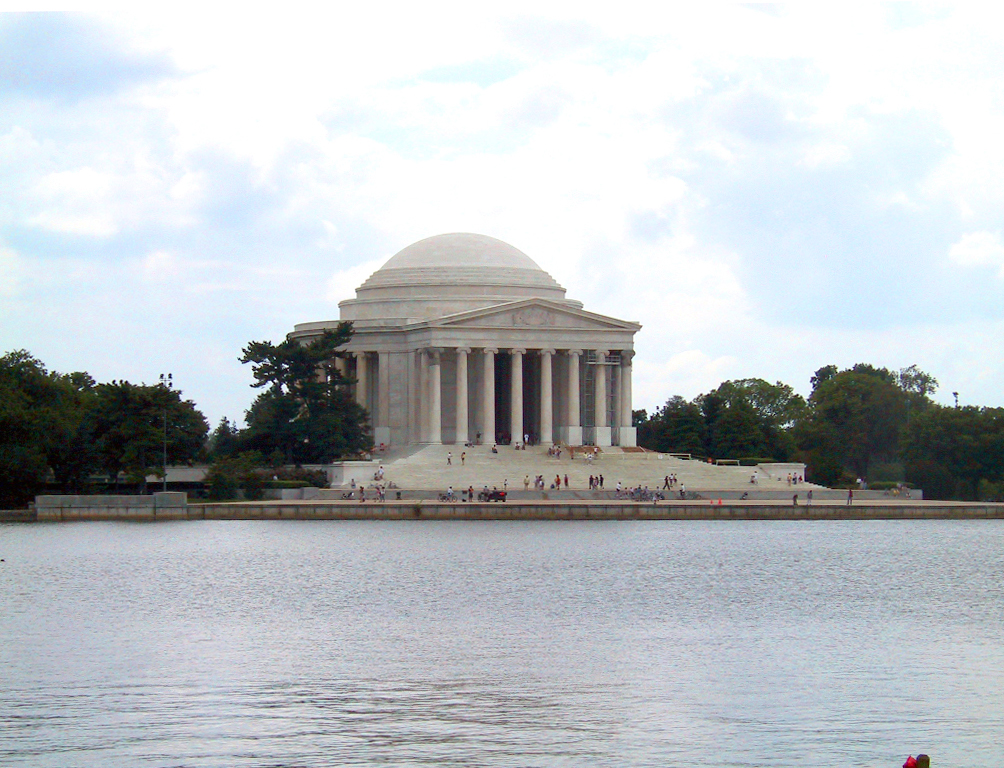Environmental advocacy organization The Potomac Conservancy gave the region’s Potomac River a “B-minus” last week in its State of the Nation’s River report card, the first time the river received a grade higher than a “C’ on the report card in the nine years it has been released.
While the “B-minus” shows signs of improvement, it doesn’t mean the work is done, said junior biology major Lindsay Wood, a member of the Student Government Association Student Sustainability Committee.
“Anyone at Maryland will tell you a ‘B-minus’ still harms your GPA,” Wood said. “While it is a great grade [compared to] what it’s been, it’s still not perfect.”
Many key indicators of the river’s health are improving, according to the report card, including a comeback in fish species, particularly American shad, and less pollutants in the water for both short- and long-term predictions.
The report card, which considers a variety of indicators, including land usage, pollution, fish population and recreation, is meant to provide an overall grade of the Potomac’s health, said Alicia Crawford, a conservancy spokeswoman. The river earned a “D” in 2011 and a “C” in 2013 from the conservancy report.

The Potomac River received an overall grade of “B-minus” for environmental health in last week’s State of the Nation’s River report. (Graphic by Shannon Gallagher/The Diamondback)
“What we’re seeing is progress in a lot of work that’s being going on for a really long time,” Crawford said.
The Potomac is the second-largest tributary that flows into the Chesapeake Bay, making the higher grade “great news” in terms of the bay, Crawford said. The top three pollutants in the river — nitrogen, phosphorus and sediment — have continued to decrease since 1985, the report states.
The only growing source of pollution to the Potomac is urban runoff, according to the report. College Park’s location in an urban area near the Anacostia watershed, which runs into the Potomac, means the responsibility falls on the university to continue to push for clean-water initiatives, Wood said.
“Everyone that lives in the watershed plays a role,” Wood said. “It’s important to understand the things we do every day that can affect that and then just evaluate whether you’re happy with those choices. If you aren’t, change them.”
Students can work to increase the river’s — and thereby, the bay’s — health by pushing for less impervious surfaces, said Maya Spaur, director of the Student Sustainability Committee. These types of surfaces, which include any pavement, concrete or road that is not natural, do nothing to prevent polluted water from running into the water system.
“Develop [knowledge] now while you’re in college about the bay and how you can help to keep it and our rivers clean,” the junior environmental science and technology and government and politics major said.
Students should be concerned about the health of the Potomac because “the tap water at the university and the city of College Park actually comes from the Potomac River and the Patuxent River,” Crawford said.
“When you step back and think about that, it’s pretty surprising that you’re drinking river water every time you fill up your water bottle,” Crawford said. “Stay informed on the issues. Pay attention to what’s going on and encourage local leaders to make clean water a priority.”



